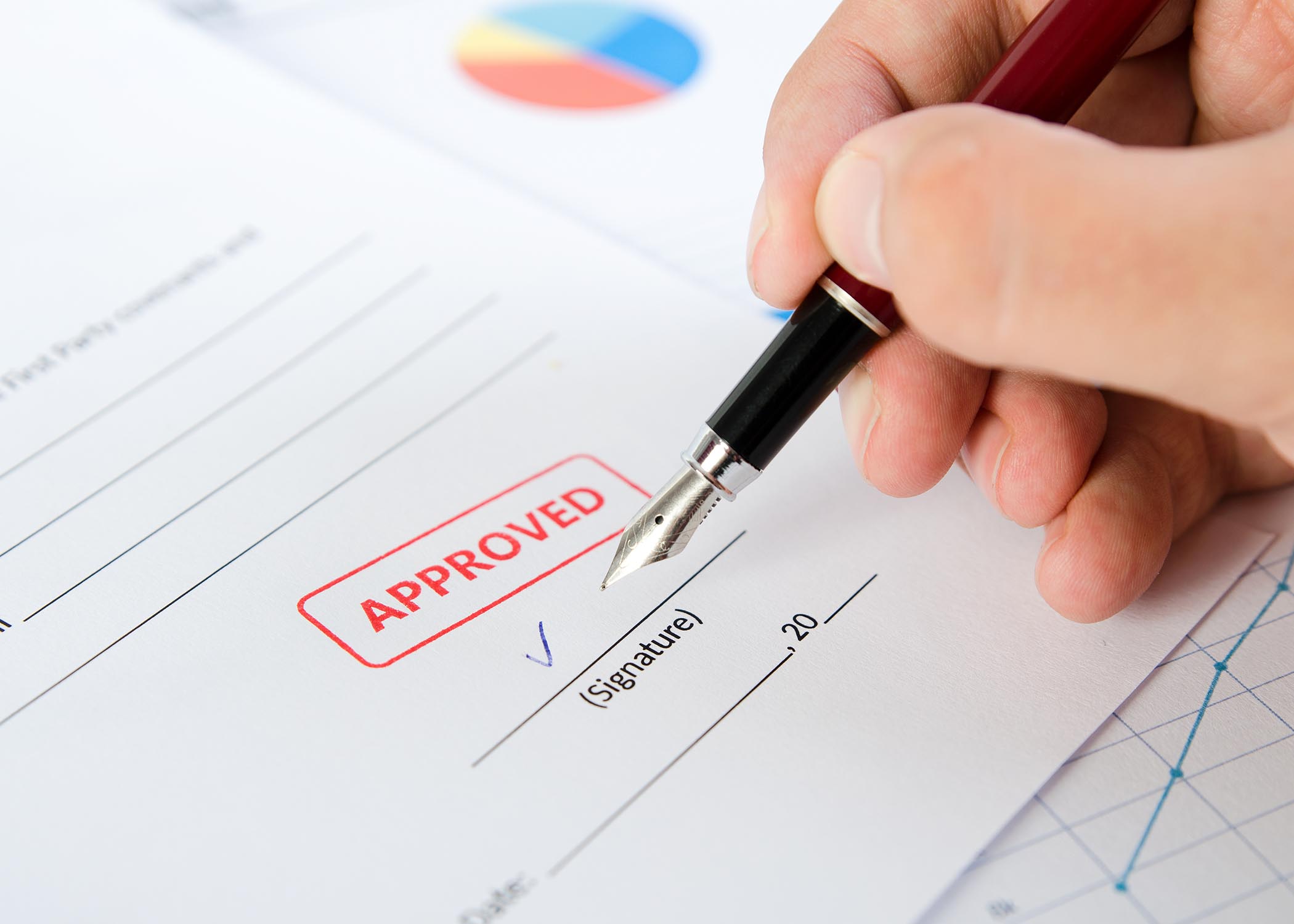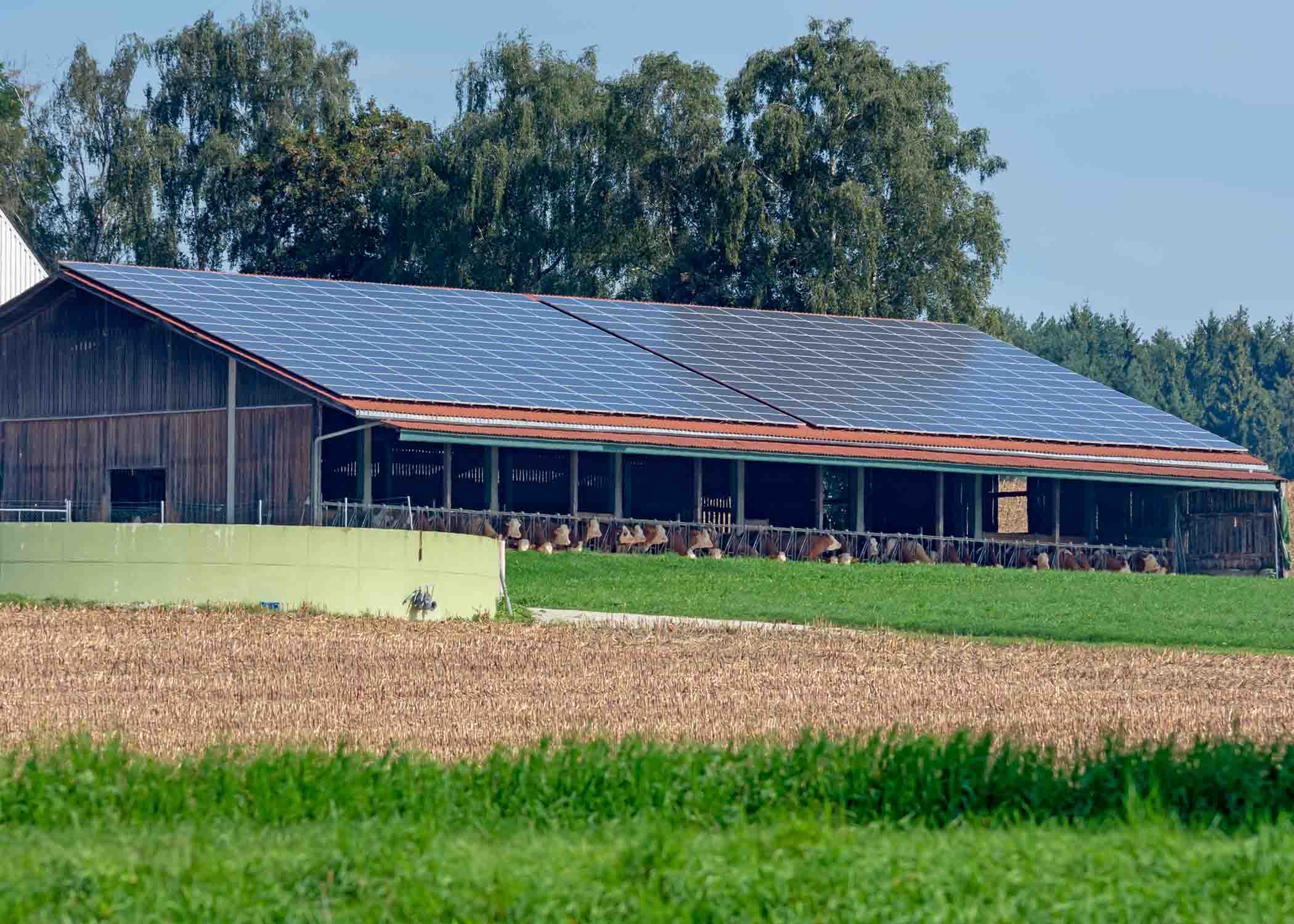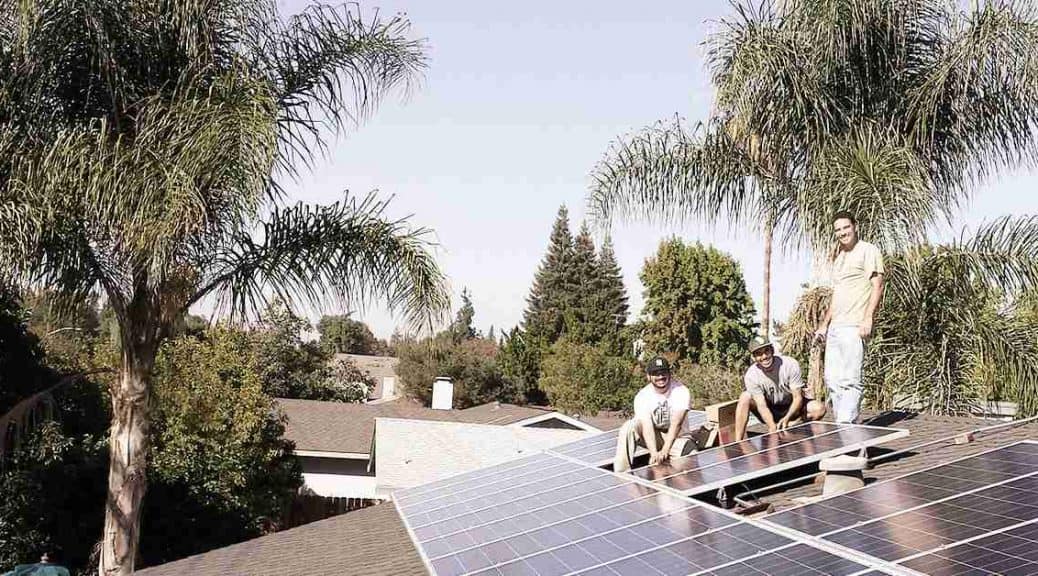Natural fish stocks across the globe are declining at alarming levels.
To avoid depleting these stocks, fish farmers have taken to carefully controlled farming in both artificial and natural bodies of water.
Although fish farms mark a significant achievement in the struggle against world hunger, harvesting fish can be energy-intensive.
This is where solar power can help!
Energy Inefficiency and Power Costs in Aquaculture
Fish farming operations differ widely in scale, but virtually all struggle to prevent anoxia – a condition in which the oxygen content of water reaches dangerously low levels.
Normally, aquaculturists mitigate this with oxygen tablets or mechanical aerators.
However, neither solution is ideal.
Oxygen tablets are expensive and difficult to procure.
Meanwhile, it’s difficult to fuel mechanical aerators.
Because it can be challenging to oxygenate the most depleted waters, running multiple units across a wide area is costly.
Why Solar Works for Fish Farms
In many parts of the world, there aren’t places to host solar panels to generate industrial or agricultural power levels.
Recently, however, fish farmers, ranchers, and other land users have begun to experiment with water-borne solar panels.
There are advantages to floating solar arrays.
They tend to have far better access to sunlight than panels on land.
In some cases, the reflection of sunlight off of canals, lakes, and oceans increases the amount of light that panels can absorb.
Moreover, water-borne panels remain naturally cool, increasing their lifespan.
Feed Barges
If you run an ocean-borne fish farming operation, chances are you use a feed barge to distribute food.
Over time, barge fuel costs can make up a considerable portion of expenses for new fish farms.
But solar panels are an ideal solution to sustainably generating power, as panels allow barges to remain active.
Oxygenation
If you use mechanical equipment to oxygenate your water, solar panels can save you costs and trouble.
Dedicated solar aerators are still in their infancy, but they’re already poised to revolutionize sustainable aquaculture.
With fewer long-term costs devoted to oxygenation, farmers can devote time and resources to ensuring the health and quality of stocks.
Using Excess Power from Fish Farms
Having a sizable array positioned above a fish farm can generate an excess of energy.
Under the right circumstances, extra electricity can be used on land or sold for use elsewhere, making water-borne panels a smart future investment.
While the full range of solar uses has just begun, experts involved in fish farms are growing to appreciate the power of solar energy.
If you run a farming or ranching operation and need an efficient, sustainable energy solution, go for solar.
We at Unbound Solar® are happy to help you explore your solar solutions.
Call us today!



